
The Purple Olive, known scientifically as Oliva violacea, is a fascinating marine snail recognized for its unique shell and ecological role.
These snails can be found in various coastal environments, primarily along the warm waters of the Pacific Ocean. They are not only interesting to observe but also hold significance in local cultures and economies.
Identification of the Purple Olive is straightforward due to its distinct coloration and shape. Typically, it has a smooth, glossy shell that features vibrant hues, making it easily recognizable. Understanding its habitat and behavior provides deeper insights into the dynamics of marine ecosystems.
Exploring the cultural and economic importance of the Purple Olive reveals its uses in crafting and local traditions. This snail is not merely a beautiful marine creature; it plays a role in the livelihood of coastal communities that value its shell for various artisanal purposes.
Key Takeaways
- The Purple Olive is easily identified by its smooth, colorful shell.
- It thrives in warm Pacific waters, often found on sandy substrates.
- The snail is significant for crafting and holds cultural value in local communities.
Identification Guide
Identifying the Purple Olive (Oliva violacea) requires attention to specific features. Key aspects include shell shape, color, and size, as well as comparisons to similar species. This guide provides detailed points to assist in recognizing this unique marine snail.
How to Identify a Purple Olive
To identify a Purple Olive, start with the shell. The shell is elongated and can reach up to
5-10 cm in length. It features a smooth texture with deep grooves. The color varies from lavender to purplish-brown, often with a glossy finish.
Look closely at the aperture, which is the opening of the shell. It is elongated and can appear slightly flattened. The interior of the shell is typically a pale color. Observing these characteristics will help confirm the identification of the Purple Olive.
Characteristics
Purple Olives display several distinct characteristics. Aside from their notable size, they have a unique
spindle-shaped form that tapers at both ends. The color patterns on the surface can vary, sometimes showing bands or spots that help in identification.
Their shells are also characterized by a sleek and shiny surface, making them visually appealing. The deep spiral grooves along the shell add to their unique texture. When spotted on beaches, they can sometimes be found along with hermit crabs in occupied shells.
Comparison To Similar Species
Save 50%
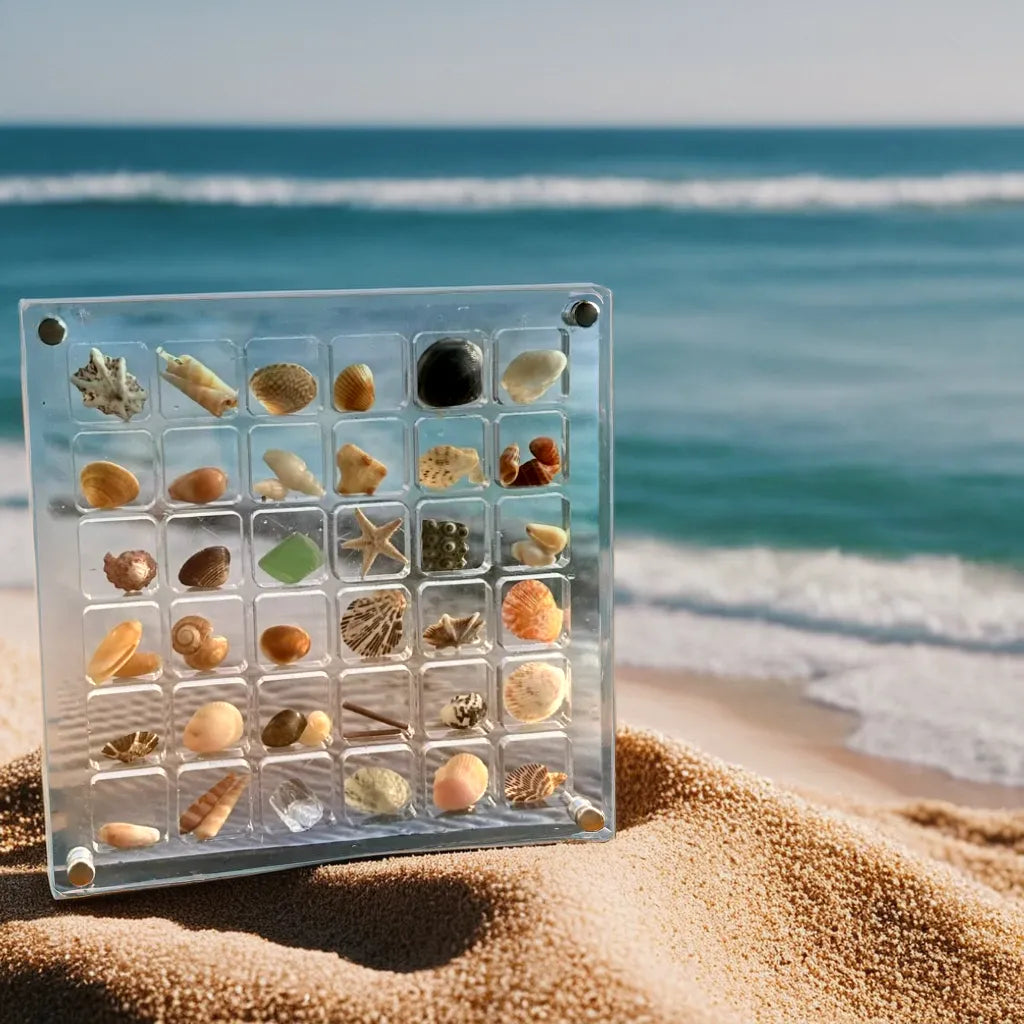
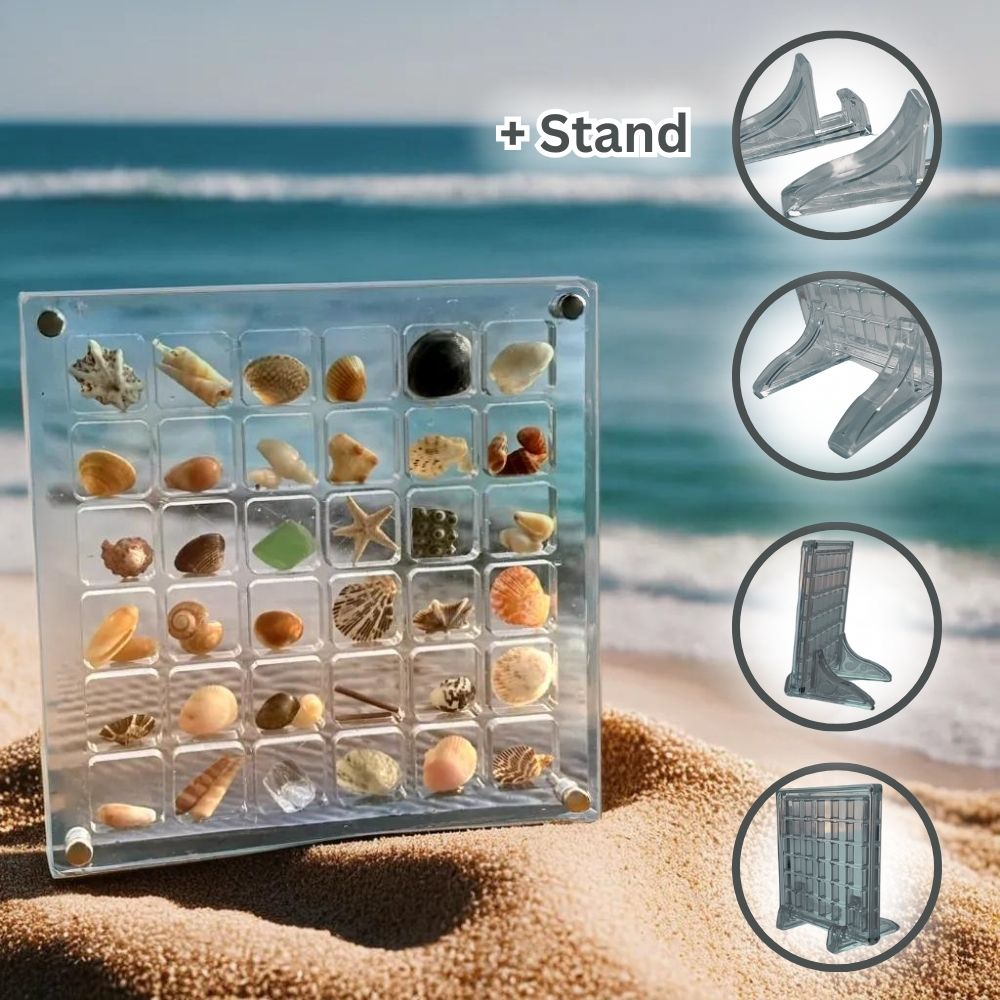
In comparison to similar species, the Purple Olive can be differentiated from the Atlantic Olive (Olivella spp.). The Atlantic Olive's shell is generally smaller and less elongated.
Another similar species is the California Olive (Oliva callosa), which has a more rounded shell and a duller color. While both share a similar habitat, the color and shape differences are clear. Noting these differences will help distinguish the Purple Olive from its relatives in various coastal environments.
Distribution & Habitat
The Purple Olive (Oliva violacea) is primarily found in a specific range of environments. Understanding where this species thrives can help in its conservation and appreciation.
Where to Find Purple Olive
Purple Olive is commonly located in warm coastal areas and intertidal zones. It prefers sandy and muddy substrates, often found among rocky outcrops. This makes it well-suited to regions with strong tidal influences.
Geographically, it can be seen in parts of the Caribbean and along the southeastern United States. The species tends to inhabit shallow waters, typically from zero to several meters deep.
Other suitable environments include areas with abundant marine vegetation, which provides shelter and food. These habitats support the growth and reproduction of Purple Olive, making them crucial for its survival.
Cultural & Economic Importance
The Purple Olive (Oliva violacea) holds significant cultural and economic value, particularly in the regions where it is cultivated. Its role transcends culinary uses, impacting traditions, laws, and local economies.
The Purple Olive in Culture
In various Mediterranean cultures, the Purple Olive symbolizes peace, fertility, and prosperity. Olive trees, including the Purple Olive, are often featured in art, literature, and folklore, emphasizing their cultural importance. They are frequently used in religious rituals, serving as symbols of purity and blessing.
Traditions surrounding olive harvesting highlight community involvement. Festivals celebrating the olive harvest bring people together, promoting local customs and creating a sense of pride. Additionally, the oil extracted from these olives is a vital ingredient in many traditional dishes, connecting the past and present culinary practices.
Legal Status
The Purple Olive enjoys a protected legal status in certain regions. Governments recognize its cultural and environmental importance, leading to regulations that ensure sustainable cultivation practices. These laws help to conserve ancient olive groves and promote biodiversity.
Save 20%
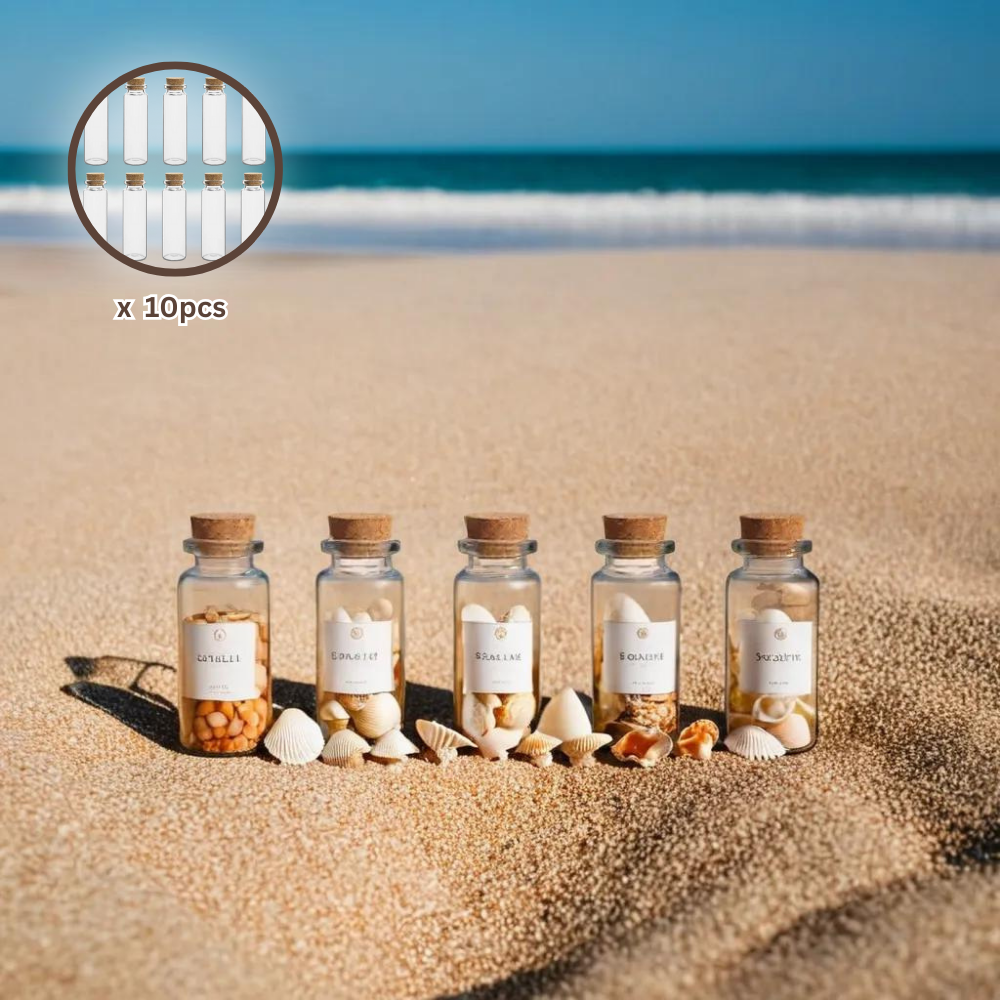
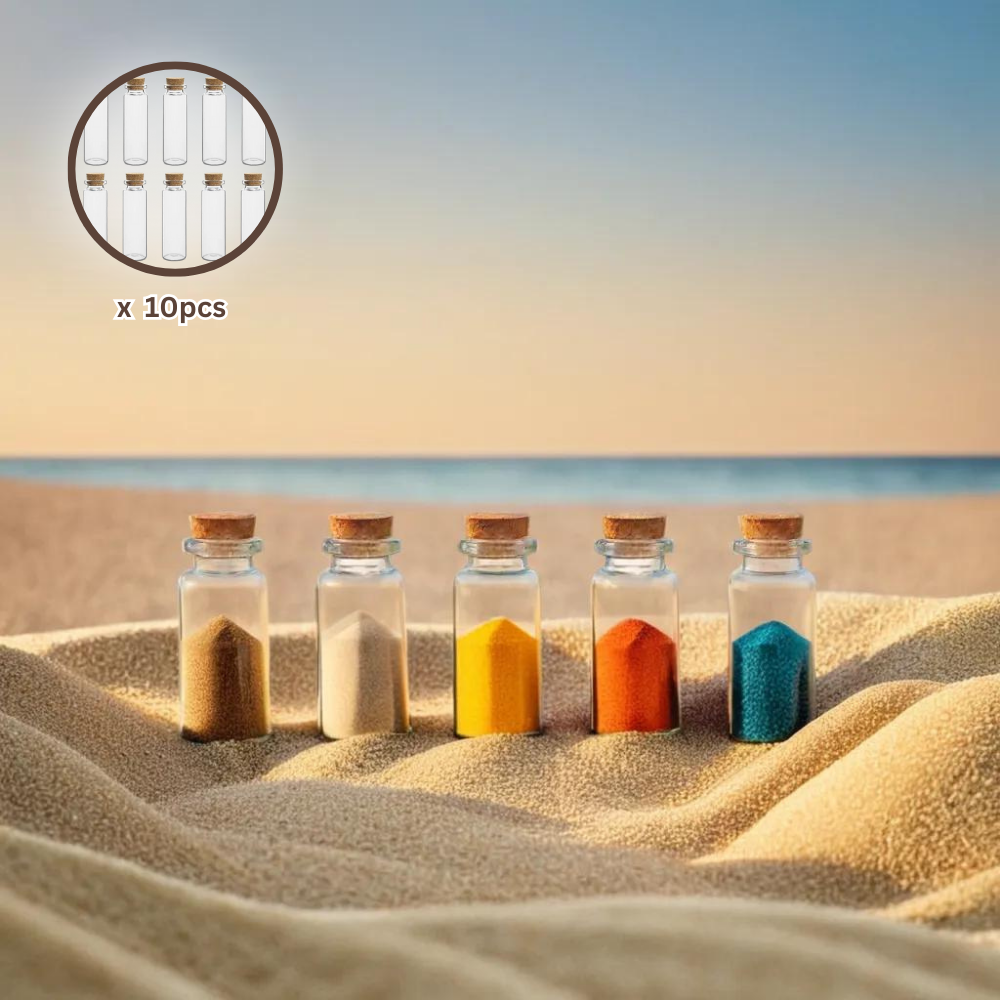
Legal frameworks may include incentives for organic farming and restrictions against over-harvesting. Protecting these trees also supports local economies by maintaining tourism related to olive oil production and heritage sites. As a result, the legal status of the Purple Olive reflects a commitment to preserving both cultural heritage and environmental sustainability.
Purple Olive Crafting
Crafting with purple olives can be a rewarding experience. These olives are known for their vibrant color and rich flavor. They can be used for various projects, from culinary dishes to decorative crafts.
Culinary Uses
-
Olive Oil: Purple olives can be processed to make aromatic olive oil.
-
Tapenade: They can be blended with capers and herbs to create a savory spread.
-
Salads: Sliced purple olives enhance salads with their distinct taste.
Decorative Uses
-
Centerpieces: They can be used in creative arrangements for events.
-
Wreaths: Dried purple olives make visually appealing elements for seasonal wreaths.
-
Art Projects: Their shape and color can inspire various art and craft ideas.
Tips for Crafting
- Ensure the olives are fresh for culinary purposes.
- For decorative uses, consider drying the olives to preserve them.
- Combine with complementary ingredients like garlic or herbs in cooking to enhance flavors.
Purple olives offer versatility in crafting, allowing for unique culinary creations and charming decorative pieces. Each use highlights their distinctive qualities, making them an excellent choice for multiple projects.
Frequently Asked Questions
This section answers common questions about the Purple Olive snail (Oliva violacea). It covers its identification, diet, habitat, reproduction, ecosystem role, and collection methods.
What are the identifying features of the Purple Olive snail?
The Purple Olive snail is known for its distinctively elongated, smooth shell that can vary in color from deep purple to lighter shades. Its shell typically has a glossy finish and may display subtle patterns. The aperture of the shell is elongated, allowing for efficient feeding and movement.
How does the diet of Oliva violacea differ from other marine snails?
Oliva violacea primarily feeds on small prey, such as marine worms and other soft-bodied invertebrates. Unlike many other marine snails that may graze on algae or detritus, the Purple Olive snail uses its specialized throat structure to capture and consume its prey.
What habitats are most commonly associated with the Purple Olive snail?
The Purple Olive snail is often found in sandy or muddy substrates along coastal areas. It prefers shallow waters where it can easily burrow or hide. These snails flourish in environments with ample food sources, such as near coral reefs or seagrass beds.
Can you provide details on the reproductive behavior of the Purple Olive snail?
Oliva violacea exhibits a unique reproductive strategy, laying eggs in small clusters. The eggs are usually attached to hard surfaces near their habitats. After a few weeks, the eggs hatch into larvae that eventually settle on the ocean floor, growing into adult snails.
How does the Purple Olive snail contribute to its ecosystem?
The Purple Olive snail plays a vital role in the marine ecosystem by controlling the population of its prey. Its feeding habits help maintain a balance among marine invertebrates. Additionally, it serves as a food source for various predators, contributing to the overall food web.
What are the common methods for collecting and preparing Purple Olive snails?
Collectors typically search for Purple Olive snails during low tide, using nets or hands to gather them. Once collected, they can be prepared by simmering or grilling. Proper cooking enhances their flavor and ensures they are safe to eat.
Save 42%
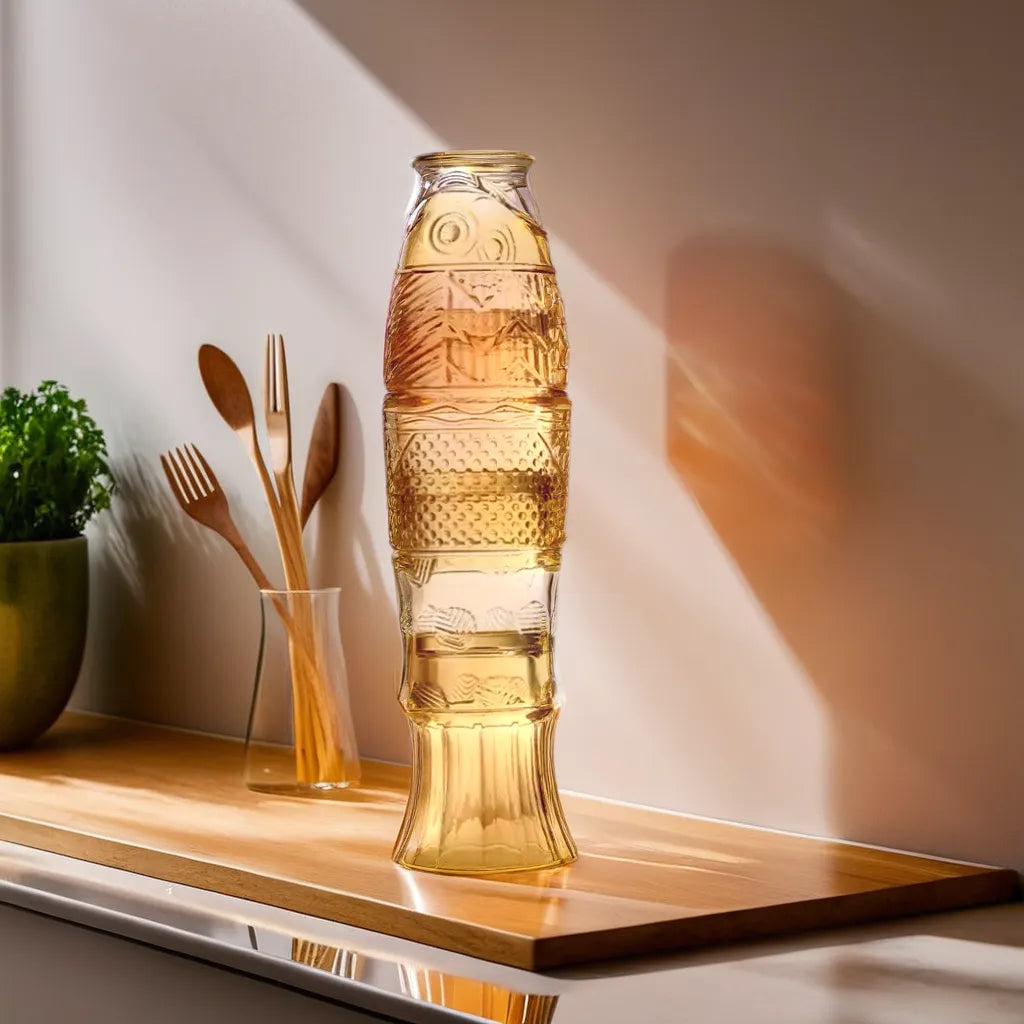
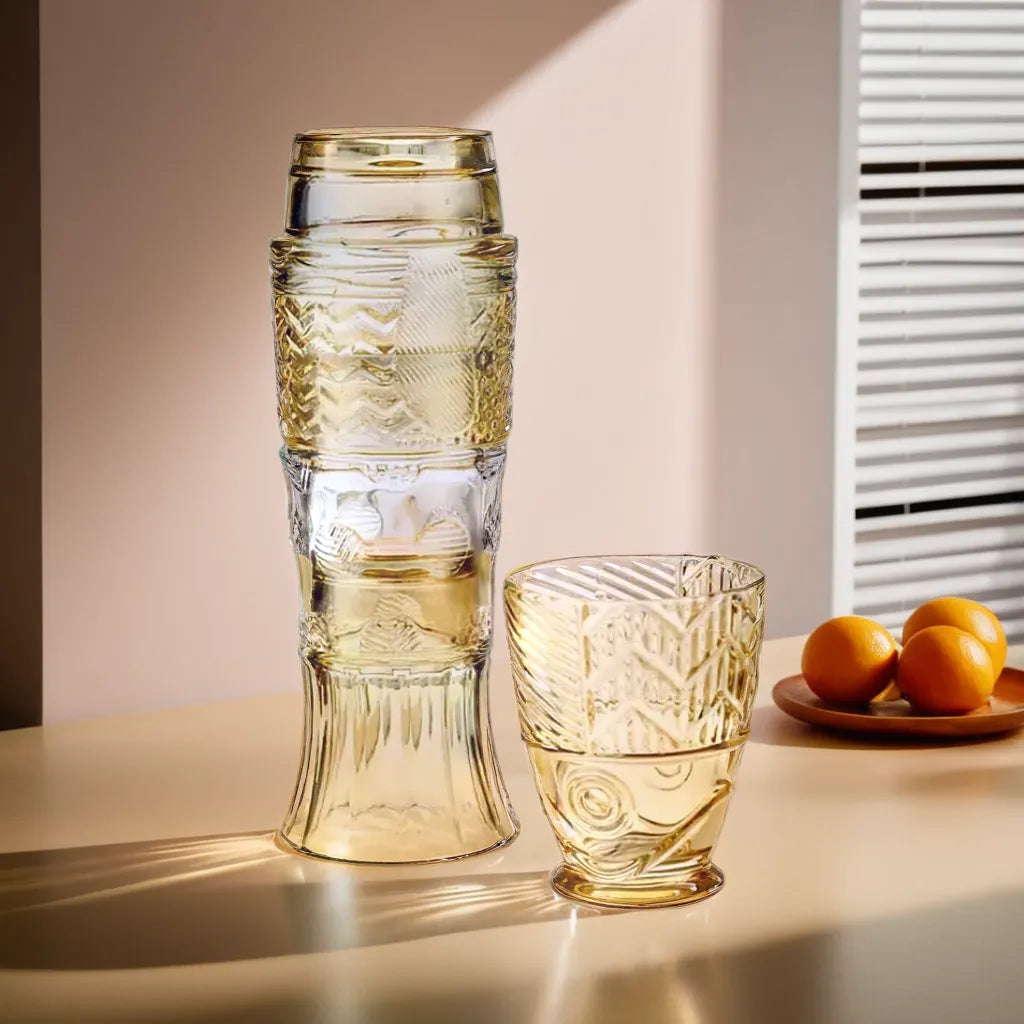
 The Purple Olive, known scientifically as Oliva violacea, is a fascinating marine snail recognized for its unique shell and ecological role. These snails can be found in various coastal environments, primarily along the warm waters of the Pacific Ocean. They are not only interesting to observe but also hold significance in local cultures and economies.
Identification of the Purple Olive is straightforward due to its distinct coloration and shape. Typically, it has a smooth, glossy shell that features vibrant hues, making it easily recognizable. Understanding its habitat and behavior provides deeper insights into the dynamics of marine ecosystems.
Exploring the cultural and economic importance of the Purple Olive reveals its uses in crafting and local traditions. This snail is not merely a beautiful marine creature; it plays a role in the livelihood of coastal communities that value its shell for various artisanal purposes.
The Purple Olive, known scientifically as Oliva violacea, is a fascinating marine snail recognized for its unique shell and ecological role. These snails can be found in various coastal environments, primarily along the warm waters of the Pacific Ocean. They are not only interesting to observe but also hold significance in local cultures and economies.
Identification of the Purple Olive is straightforward due to its distinct coloration and shape. Typically, it has a smooth, glossy shell that features vibrant hues, making it easily recognizable. Understanding its habitat and behavior provides deeper insights into the dynamics of marine ecosystems.
Exploring the cultural and economic importance of the Purple Olive reveals its uses in crafting and local traditions. This snail is not merely a beautiful marine creature; it plays a role in the livelihood of coastal communities that value its shell for various artisanal purposes.























